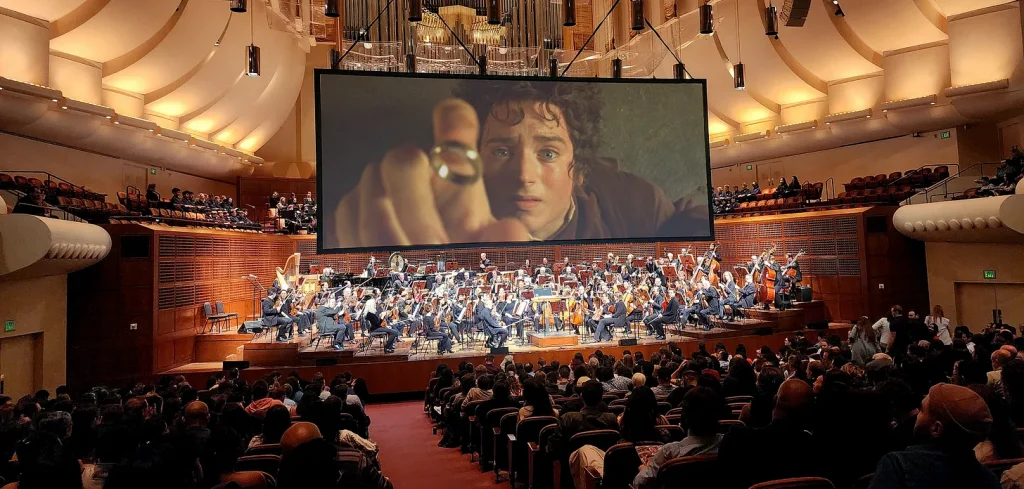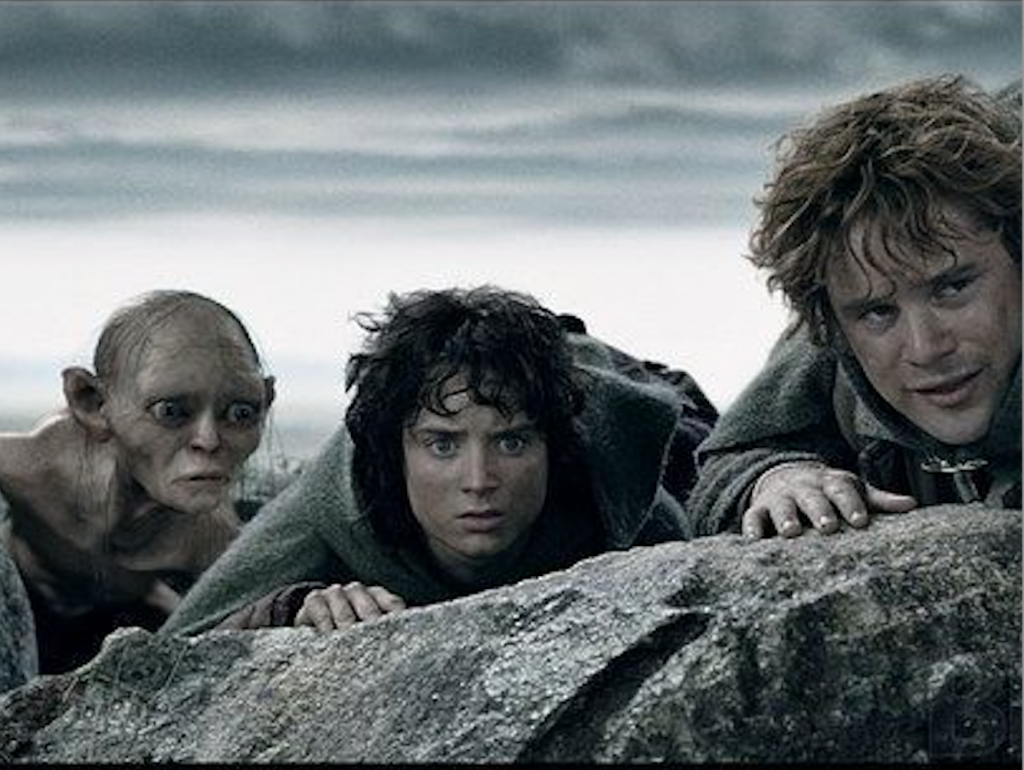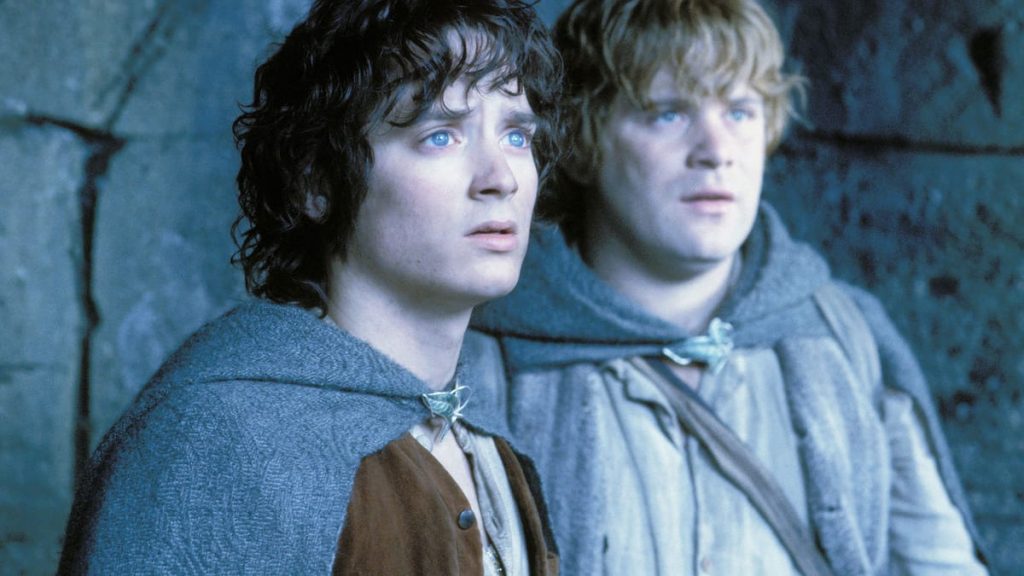
Written by Sason Bishope Parry
San Francisco – Peter Jackson’s The Lord of the Rings: The Two Towers is already a towering cinematic triumph. But on Friday night, May 9, it reached a whole new realm of majesty, as the San Francisco Symphony lifted the film into a stratosphere of live orchestral wonder. I’ve long been a devoted fan of J.R.R. Tolkien’s legendary trilogy. And while many have attempted to bring Middle-earth to life, no one has done it more masterfully than Peter Jackson. His cinematic vision, shaped in part by the brilliance of his team and wife, earned an astonishing 17 Academy Awards across the trilogy.
You can imagine my anticipation at experiencing the second chapter again, but this time, set to a live, pulse-pounding symphonic score by the city’s most beloved orchestra. It was a warm, shimmering San Francisco night on May 9, signalling summer’s arrival. Friday night vibes buzzed through the city, but inside Davies Symphony Hall, the energy was entirely electric, reverent, and expectant. This was the second performance of a three-night run, and the house was packed early. No one wanted to miss a single note, a single frame.

As we took our seats, the acclaimed Canadian conductor Ludwig Wicki stepped onto the stage. And just like that, with the lift of his baton, we were swept into the wild, windswept lands of Middle-earth. The Two Towers follows Frodo Baggins, portrayed with quiet gravity by Elijah Wood, and his loyal companion Samwise Gamgee (the excellent Sean Astin), as they continue their perilous quest to destroy the One Ring. Haunted and guided by the eerie, tormented Gollum, “Precious,” as he hisses, their journey grows darker and more complex.
Meanwhile, Aragorn (Viggo Mortensen), Legolas (Orlando Bloom), and Gimli (John Rhys-Davies in his lovable, boisterous glory) race to rescue Merry and Pippin from the fearsome Uruk-hai. The film pulses with urgency, heartbreak, and courage, and when paired with the power of live music, every beat felt monumental. The film is an epic commitment at nearly three hours, but the San Francisco Symphony, under Wicki’s precise and passionate command, held the audience at the edge of their seats.
Applause broke out multiple times, swelling like battle cries through Helm’s Deep. When Gandalf the White made his triumphant return, presumed dead but risen again, the ovation was thunderous. Watching Tolkien’s rich, fantastical world unfold on a massive screen, easily 60 feet wide, while more than 200 musicians brought Howard Shore’s iconic score to life, was a breathtaking, full-sensory experience.
The drums hit like war hammers. The violins wept. The brass soared. Each scene became even more alive, more immersive, more epic. There truly are no words to capture the scale,
unless you were present to feel it through your bones. Howard Shore’s partnership with Peter Jackson across the trilogy earned him three Oscars, four Grammys, two Golden Globes, and the hearts of fantasy fans everywhere. His score for The Two Towers is, quite frankly, one of the outstanding musical achievements in modern film. And on this night, the SF Symphony did his legacy proud, breathing new fire into every phrase, every crescendo.
As intermission gave way to the film’s sweeping final acts, I glanced around, half-hoping to spot a wandering wizard or rogue hobbit among us. While a few fans arrived in Middle-earth cosplay, the Shire’s finest didn’t show up in full force, at least not this time. Still, the room was spellbound. The final credits rolled to a standing ovation that seemed to stretch into eternity. And unlike the usual rush to the exits, the crowd lingered, savouring the last notes and the final frames, paying tribute to Jackson’s monumental vision and our world-class orchestra. It wasn’t just a movie night; it was another moment in time that left audiences in awe, one fit for kings and queens, elves and dwarves alike.
For more info on the SF Symphony, visit: www.sfsymphony.org

